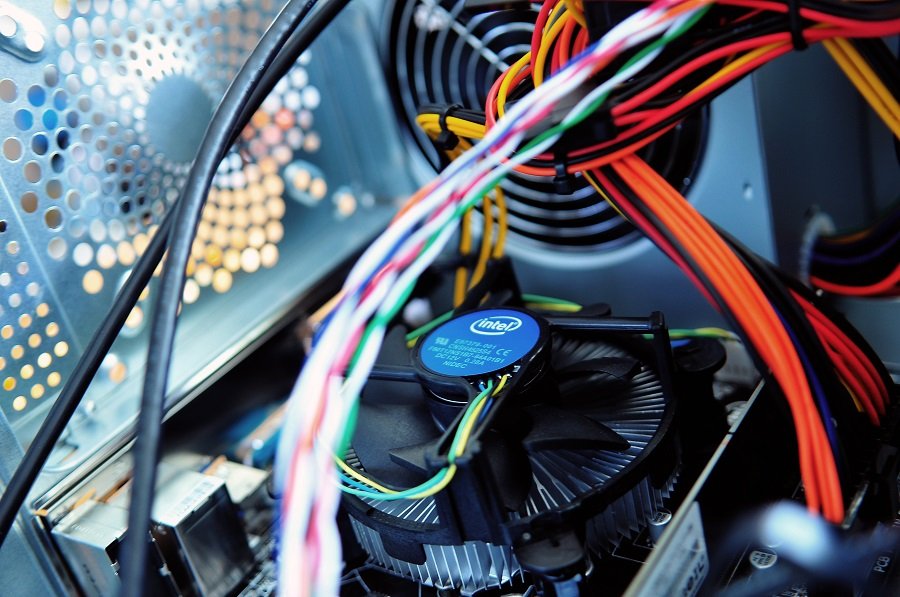When the reliability of your system is essential, and a sudden loss of power would lead to disaster, you
need more than just one reliable power source- you need multiple. Redundant power is a crucial
component in data centers worldwide. The Power supply is like the heart of a system, it is very critical to
keep it functioning continuously, especially for high-volume systems like servers.
Why use Redundant Power Supplies?
A redundant power supply is needed to ensure a system never shuts down. The most common type of redundant
power supply is Two-in- one: A single unit device that consists of 2 modules and 1housing. There are also
Three-in- one and Four-in- one, however they not quite popular and have a small market. In simple terms
the way redundancy works is, multiple modules can either share the load or have a selection of modules
active while the others are in standby just in case a module fails. If for some reason there is a failure in
one of the modules, the other will seamlessly take over to prevent the loss of power to the PC.
 For example, this 500W Two-In- One redundant power supply (pictured above) is a single unit device that
For example, this 500W Two-In- One redundant power supply (pictured above) is a single unit device that
consists of 1housing, and 2 modules. These 2 modules work together to deliver 500Watts (250W +
250W). When one module dies, the other one will automatically increase its output from 250W to
500Watts in order that the system remains functional. Redundant power supplies usually contain “hot-
swappable” modules that allow you to easily deal with power supply issues without having to wait for a
technician or delaying your applications. If you need to change out your power units but don’t want to
stop your systems operations, you can do so by simply pulling out an old module and plugging in a new
one.
Safety
Power failure causes an entire system to be knocked completely offline and is one of the most
common causes of hardware failure and in many of these cases, important data is
damaged or lost. This is why it’s important to have a back-up solution. When it comes to
protecting data, there are many different important measures of precaution that need to be considered
and implemented. Ultimately ensuring your server’s safety and reliability means avoiding downtime at
all costs. A well-planned system includes not only multiple power supplies, but several redundant AC
input power lines as well. According to a tech forum, modern datacenters spend millions investing in
redundant power supplies, power feeds from different grids, backup generators, and large
uninterruptible power supply (UPS) units. Redundant power supplies are built to ensure that power gets
delivered to all functional server components.


